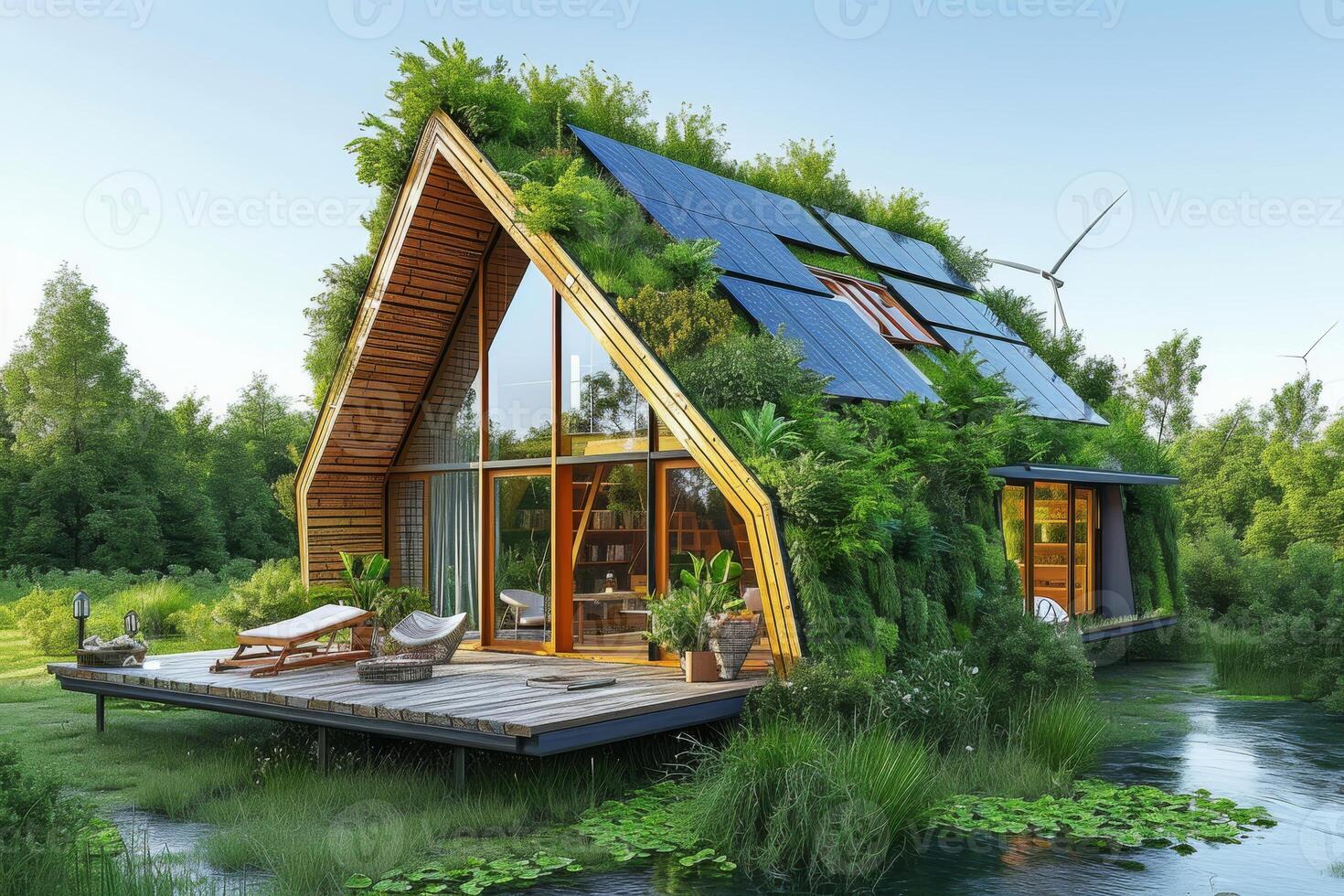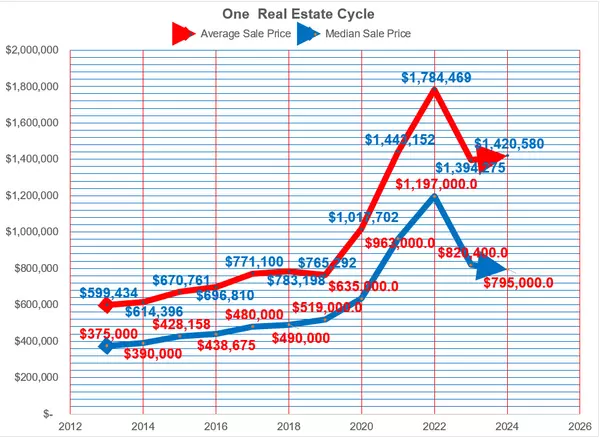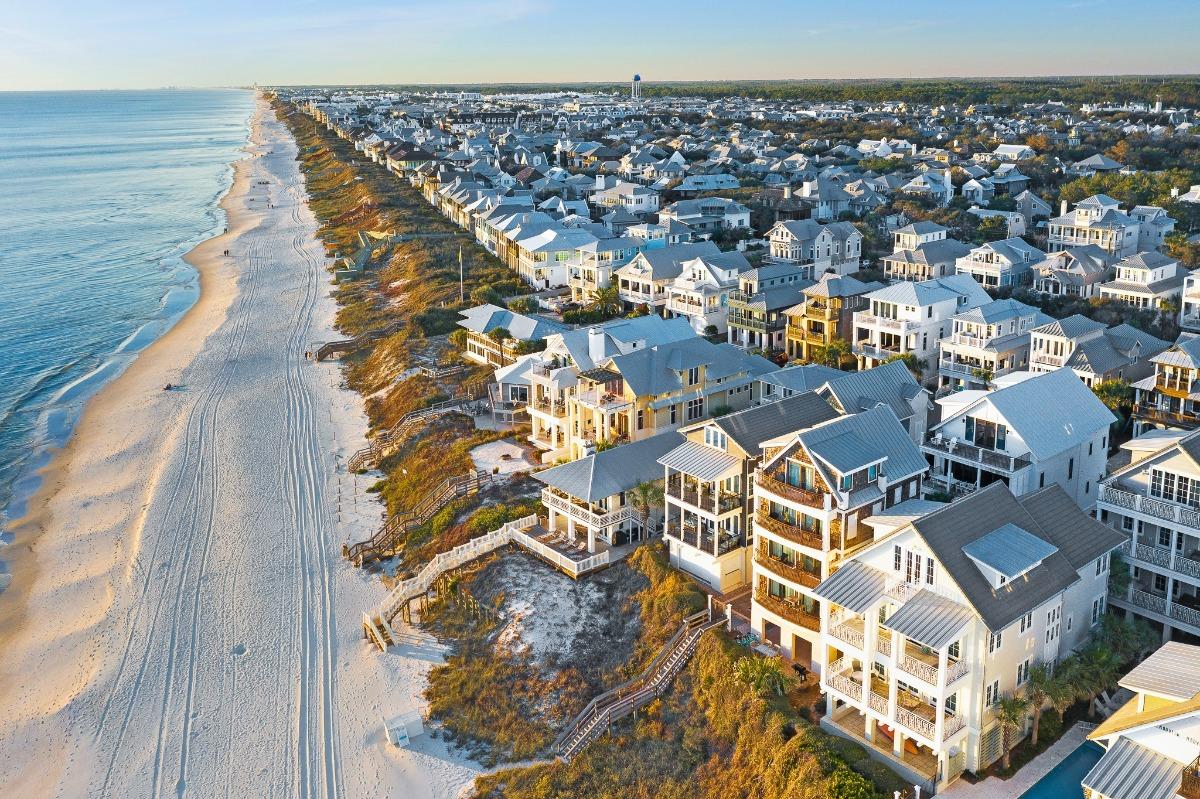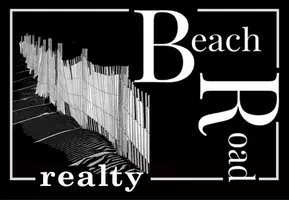Eco-Friendly Homes: What Buyers and Sellers Need to Know

Eco-Friendly Homes: What Buyers and Sellers Need to Know
The demand for eco-friendly homes is on the rise as buyers and sellers alike recognize the importance of sustainability in real estate. Green homes not only reduce environmental impact but also offer cost savings and a healthier living environment. Here’s a comprehensive guide for both buyers and sellers looking to navigate the eco-friendly housing market.
What Are Eco-Friendly Homes?
Eco-friendly homes, also known as green or sustainable homes, are designed to reduce their environmental footprint. These properties often include features like energy-efficient appliances, renewable energy systems, water-saving fixtures, sustainable building materials, and advanced insulation. The goal is to minimize energy consumption, reduce waste, and create a healthier indoor environment.
For Buyers: Key Considerations
-
Identify Green Certifications
Look for homes with recognized green certifications like LEED (Leadership in Energy and Environmental Design), ENERGY STAR®, or Passive House certification. These designations indicate that the home meets strict sustainability and efficiency standards. -
Energy Efficiency
Check for energy-efficient features such as solar panels, energy-efficient HVAC systems, and double-pane windows. Homes with these features often lead to lower utility bills, making them a cost-effective choice in the long run. -
Water Conservation
Look for water-saving fixtures like low-flow toilets, rainwater harvesting systems, and drought-resistant landscaping. These features can significantly reduce water bills while conserving a precious resource. -
Indoor Air Quality
Ensure the home uses non-toxic, low-VOC (volatile organic compound) paints and finishes, as well as proper ventilation systems. These elements contribute to a healthier indoor environment for you and your family. -
Location Matters
Proximity to public transportation, walking paths, and bike lanes can further reduce your carbon footprint. Living in a walkable community not only benefits the environment but also supports a healthier lifestyle.
For Sellers: How to Attract Eco-Conscious Buyers
-
Highlight Green Features
Make sure to showcase all the eco-friendly aspects of your home in your marketing materials. Mention features like solar panels, energy-efficient appliances, and sustainable building materials. -
Get a Green Certification
If your home meets certain criteria, obtaining a green certification can significantly boost its appeal. Buyers trust these certifications as proof of sustainability and efficiency. -
Upgrade for Efficiency
Consider making small but impactful upgrades, such as installing LED lighting, programmable thermostats, or energy-efficient windows. These changes are relatively inexpensive but can make your home more attractive to eco-conscious buyers. -
Stage Your Home with Sustainability in Mind
Use eco-friendly furniture and decor when staging your home. Opt for natural fibers, reclaimed wood, and other sustainable materials to emphasize the green lifestyle. -
Educate Potential Buyers
Provide information on the cost savings and environmental benefits of your home’s green features. This can include utility bills, maintenance costs, or tax incentives for renewable energy systems.
Benefits of Eco-Friendly Homes
-
Cost Savings
Green homes typically have lower utility bills due to energy-efficient features and renewable energy systems. Over time, these savings can offset initial investments in sustainable upgrades. -
Increased Property Value
Eco-friendly homes often sell for higher prices and faster than traditional homes. As sustainability becomes a priority for more buyers, demand for green homes continues to grow. -
Tax Incentives
Many governments offer tax credits and incentives for energy-efficient homes and renewable energy installations. Buyers and sellers should research local programs to take advantage of these benefits. -
Healthier Living
Improved indoor air quality, natural lighting, and non-toxic materials make eco-friendly homes a healthier place to live. -
Environmental Impact
By choosing or selling an eco-friendly home, you contribute to reducing greenhouse gas emissions, conserving resources, and supporting a sustainable future.
Challenges and Considerations
-
Higher Initial Costs
While green homes can save money over time, the upfront costs of installing energy-efficient systems and sustainable materials may be higher. Buyers and sellers should weigh these costs against long-term benefits. -
Finding the Right Professionals
Work with real estate agents and inspectors who specialize in eco-friendly properties. Their expertise can help ensure you make informed decisions. -
Understanding the Market
In some areas, the demand for green homes may be lower. Sellers should assess their local market to determine the potential return on investment for green upgrades.
Conclusion
Eco-friendly homes represent the future of real estate, offering a blend of sustainability, cost savings, and modern living. Buyers should focus on features that align with their priorities, while sellers should capitalize on the growing demand for green properties by emphasizing their home’s eco-friendly attributes. Whether you’re buying or selling, understanding the benefits and challenges of green homes is key to making informed decisions in today’s market.
Recent Posts









